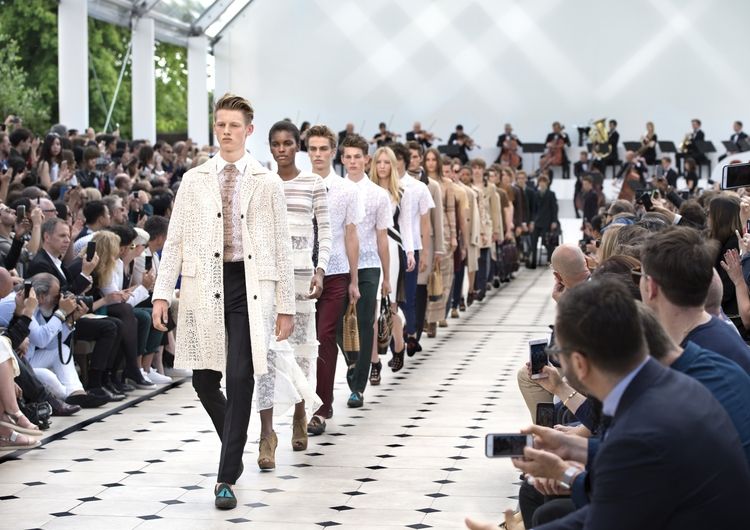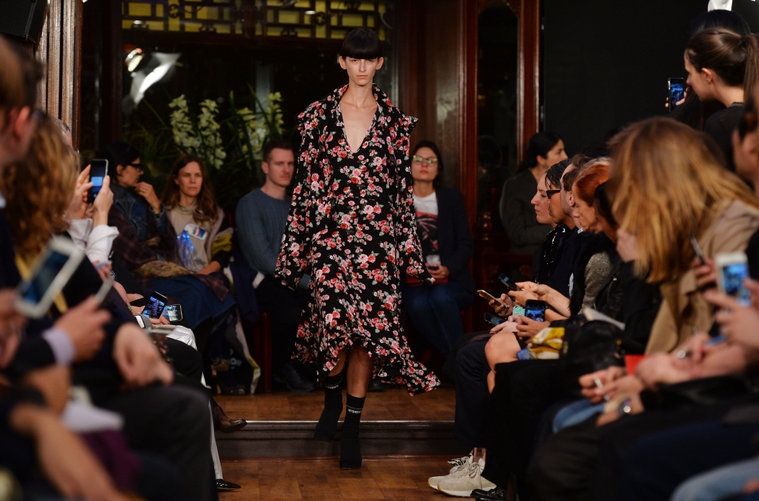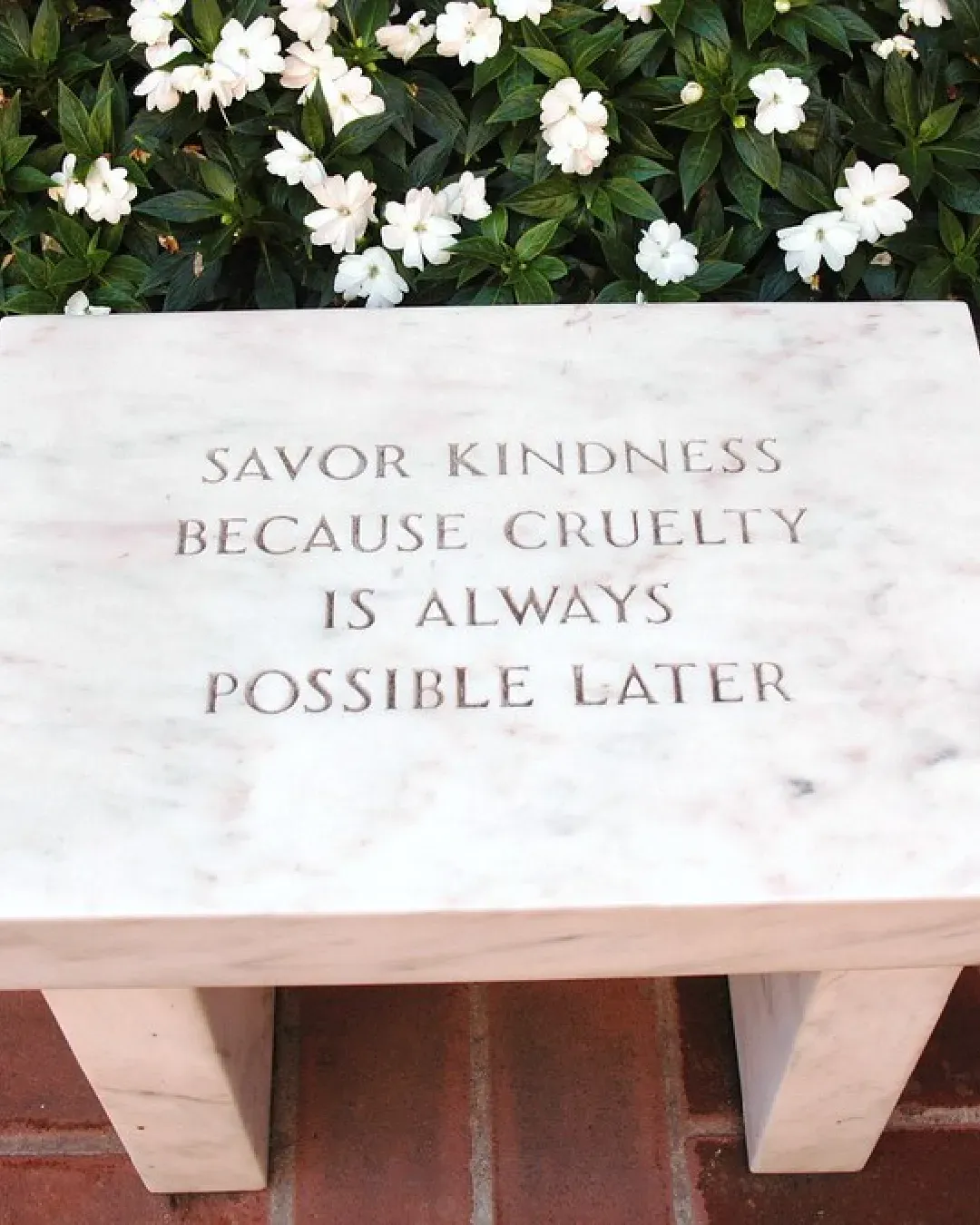
The new life of fashion shows The see now-buy now philosophy
The fashion industry is facing a phase of drastic changes and that has been evident since when, last October, Raf Simons left his role as creative director at Dior. Since that moment, a series of talented designers has resigned, rewriting (fashion) history as never before.
Even the way to present fashion is changing: the experienced structure of four shows per year – two women’s, two men’s, divided for season – seems to waver. Among the insiders it had been in the air for a while: the sales downturn caused by the fast fashion giants always ready to copy the latest trends seen on runway and the annihilation of the creative process as a result of the strict times made available to the designers had raised a fundamental question: does respecting the rigid calendar made of millionaire fashion shows and pre-collections still make sense?
Looking at the latest events the answer seems to tend towards “no”. Last Friday Burberry has been the first to announce the revolution of its own calendar: starting from September 2016 Christopher Bailey’s brand will present only two collections per year, in February and September, including both men’s and womenswear at once. All products will be available immediately after the show, and the advertising campaign will be released at the same time.
A precise and avant-garde choice, embraced shortly afterwards also by Tom Ford and Vetements. The first announced that his fall/winter 2016 presentation scheduled for this month has been postponed to September, to coincide with the actual sale of the collection. The second has instead exposed a clear plan, which perfectly matches the philosophy behind the brand: “Showing men’s and women’s at the same time connects us to real life. Today, men wear womenswear and women dress in men’s clothes. Gender is not a given fact anymore; a person has the right to choose one” Guram Gvasalia – Vetements’ CEO and Demna’s brother – told Vogue.com.
The plan is to present only two collections a year, both to cut the stratospheric costs the organization and production of a show involves and to keep up with the times: social networks have made the collections accessible in time real, but only visually. Why not making them immediately available also for sale – preventing the garments from being copied and put on sale before the originals?
The project is as ambitious as necessary: “Our goal is to swap the traditional seasons in the future. Instead of showing Autumn/Winter in January, we will show Spring/Summer and deliver it in February—so stores can sell it in the actual spring weather, through to August. To reach this result, the whole production will have to be pre-produced. It means each piece in the collection will be part of a limited edition. No restock. One delivery. The true definition of luxury is something that is scarce. It would be nice to give luxury back its true meaning” Gvasalia continues.
The economical and ethical issue is followed by a creative one. Many among the designer who recently left their positions denounced the lack of the time necessary to develop a collection, making the artistic process similar to the industrial one.
Editors and buyers would benefit from this switch, too: the trips to assist to the shows would be reduced from four to two per year, opening the possibility to invest more on other interesting collateral activities.
In a time where everything travels fast, the fashion industry manifests the necessity to take a step back, to go back to a slower and authentic process. What will brands like Dior and Gucci, that are investing more and more funds to show their spectacular Cruise Collections – besides the more traditional appointments on the calendar – think of it?















































